ANNE FRANK PORTFOLIO Kyle Chen - P. 2
Exploring Anne's Amsterdam
Windmills
Windmills are a national landmark to the Netherlands. Some uses of the windmill is to help prevent the city from flooding and crushing mustard seeds to make mustard. Amsterdam used to have many windmills, but they were moved due to that winds in the middle of a city was not very good.
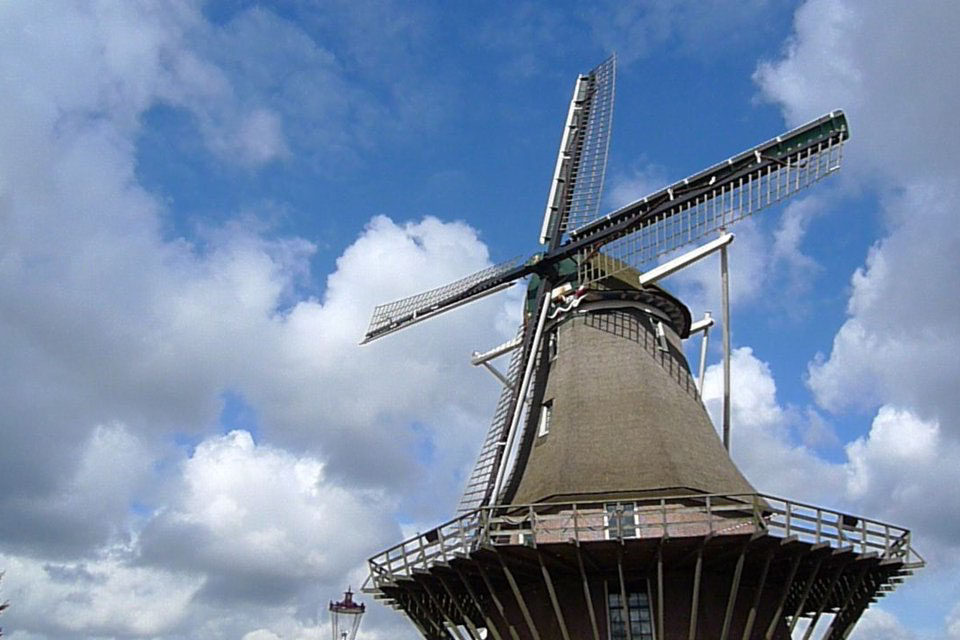
Anne's Secret Home
This was Anne Frank's home for 2 years and she went here to hide from the Germans. The Secret Annex was behind Anne Frank dad's bussiness, and an inside door between the bussiness and the Secret Annex was covered up by a bookshelf. Unfortunately, the Secret Annex was raided by the Germans after one of Anne's friends betrayed them.
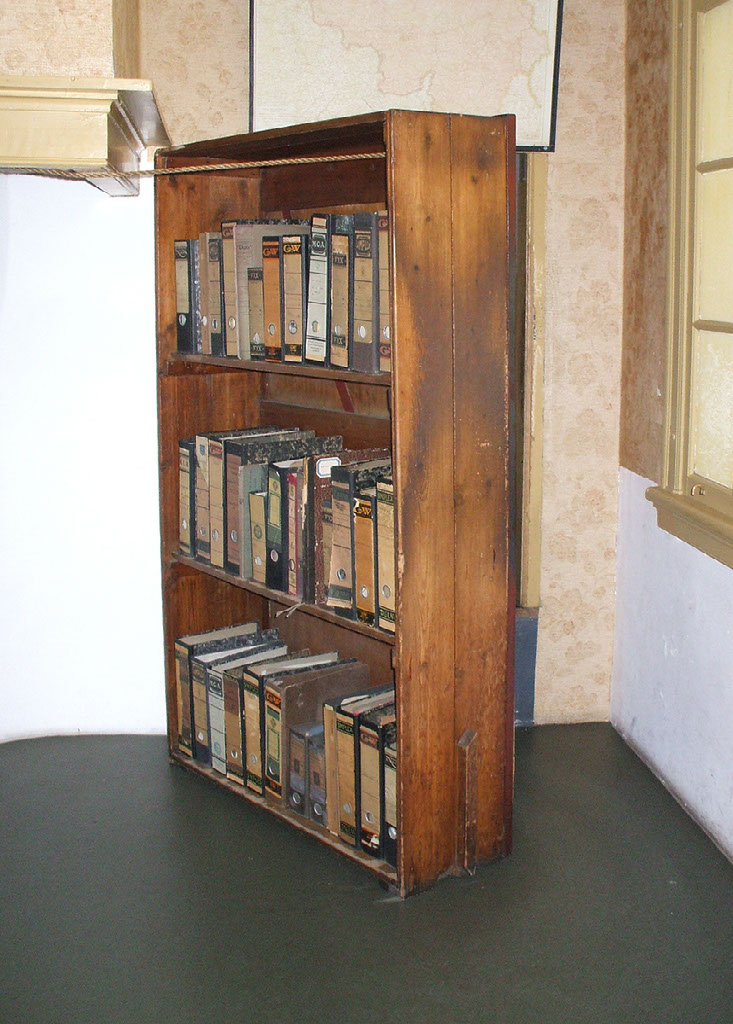
Nuremberg Law
1. Marriage between Jews and subjects of the state of German or related blood are forbidden. Marriages nevertheless concluded are invalid, even if concluded abroad to circumvent the law. Annulment proceedings can be initiated only by the State Prosecutor.
2. Extramarital intercourse between Jews and subjects of the state of German or related blood is forbidden.
3. Jews may not employ in their household female subjects of the state of German o related blood who are under 45 years old.
4. Jews are forbidden to fly the Reich or National flag or to display the Reich colors. They are, on the other hand, permitted to display the Jewish colors. The exercise of this right is protected by the State.
5. Any person who violates the prohibition under I will be punished by a prison sentence with hard labor. A male who violates the prohibition under I will be punished with a prison sentence with or without hard labor. Any person violating the provisions under III or IV will be punished with a prison sentence of up to one year and a fine, or with one or the other of these penalties. The Reich Minister of the Interior, in coordination with the Deputy of the Führer and the Reich Minister of Justice, will issue the Legal and Administrative regulations required to implement and complete the Law. The Law takes effect on the day following promulgations except for III, which goes into force on January 1, 1936. Nuremberg, September 15, 1935 at the Reich Party Congress of Freedom.
Propaganda
Propaganda was used mainly by the Americans, Germans, and Japanese during WWII. Propaganda is when a group makes pictures, posters, movies, etc. trying to make the general public believe what is going on on the propaganda. There is negative and positive propaganda and some examples are: make the enemy seem more dangerous by showing him like a bad message, or to promote postive things about their country by using postive messages. In Germany, propaganda was used to make Jews seem like animals, and in the US and Japan, they used propaganda to exgraterate the enemy side.
Characters
Miep Gies
Hermine (Miep) Gies-Santrouschitz was born in 1909 and she was sent to the Netherlands after World War I. In 1933 she began working at Otto Frank's bussiness as his secretary. In spring of 1942, Otto Frank asked her to help them in hiding by bring them food, clothing, etc.... Miep saved Anne's dairy from the Germans.
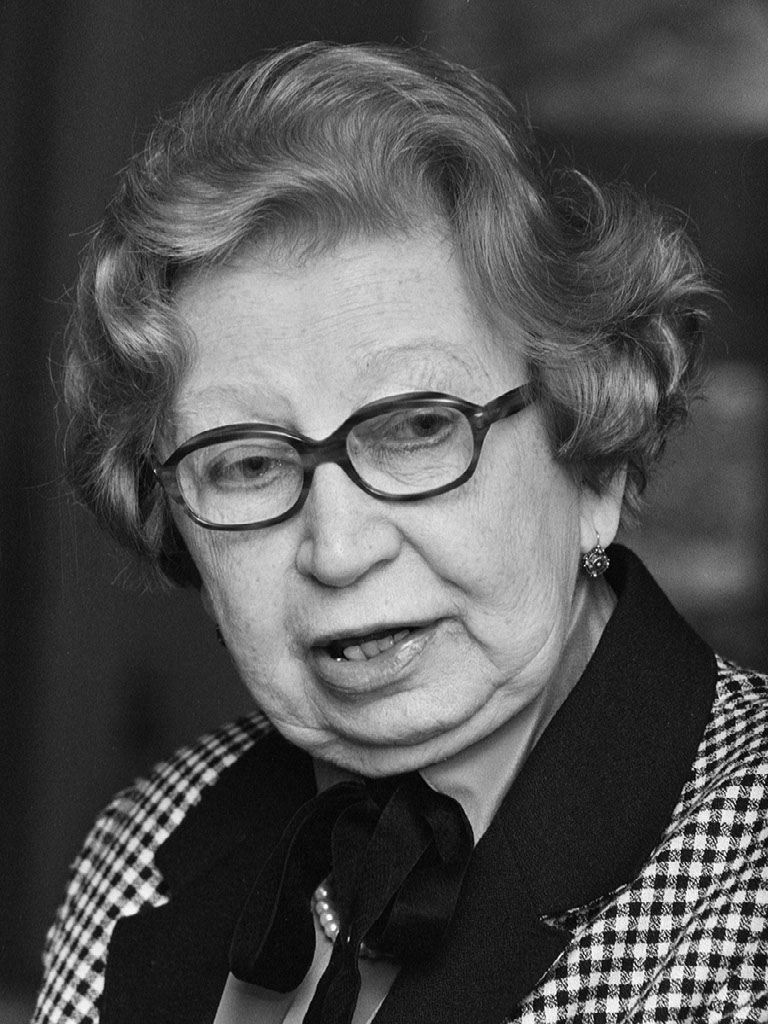
Johan Voskuijl
Johan Voskuijl was born on January 15, 1892, in Amsterdam. In 1937, he got a job as warehouse manager for Otto Frank's business. During the time Otto's family is hidding from the Nazis, he makes a moveable bookshelf to hide the Sercet Annex from the rest of the building. In 1943, Voskuijl gets stomach cancer and can no longer work and dies 2 years later.
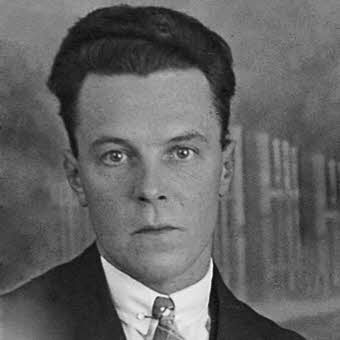
Margot Frank
Margot Frank was born on Febuary 16, 1926 and she is 3 years older than her sister Anne Frank. Margot is described as quiet, tidy, and gets good grades at school. Anne and Margot talk to each other lots in the Sercet Annex and Margot reveals that she wants to be a nurse when WWII is over. Margot also keeped a diary, but hers was never found.
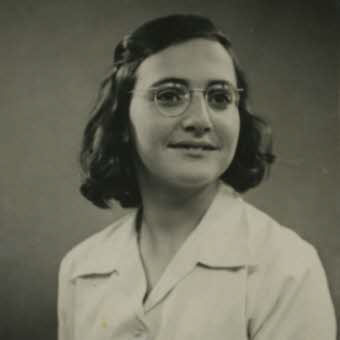
Otto Frank
Otto Frank was born May 12, 1889 in Frankfurt, Germany. He is the father of Anne and Margot Frank and husband of Edith Frank. During World War I, he was drafted in 1915, and was promoted to Lieutenant in 1917. After the war, Otto started a spice business and during World War II, he and his family hid behind his business. He is the lone survivor of the Sercet Annex and died on August 19, 1980 due to lung cancer.
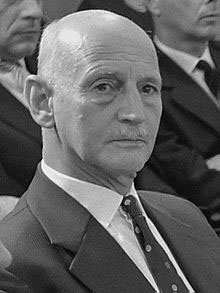
Act I Summary
Act 1 starts out with Otto Frank back at the Secert Annex after his family has been captured and killed. Meip gives Otto papers (including Anne's Dairy) and Otto burns the papers, but keeps the dairy. Scene 2 is about the Frank's and Van Daan's journey to the Sercet Annex and the 2 families meeting each other. Scene 3 is about how bratty Anne can be and Mr. Dussel joining the people in hidding. Scene 4 is about Anne having a nightmare about the Green Police capturing them and also how Anne only trusts and loves her father. Scene 5 is about everybody in the Secert Annex celebrating Hanukkah and Anne giving presents to everyone.
Warsaw Ghetto Uprising
When did the Warsaw Ghetto Uprising take place? The Warsaw Ghetto Uprising took place on April 19, 1943, to May 16, 1943.
How many people died in the Warsaw Ghetto? About 13,000 people were killed in the Warsaw Ghetto uprising.
How many German soldiers and Jewish fighters were killed in the uprising? At least 17 German soldiers were killed in the uprising and about 1000 Jewish fighters were also killed.
As a result of the uprising, what did it do for Jewish morale in Poland? The Jewish morale in Poland after the Warsaw Ghetto Uprising is they recieved courage to go and fight back against the Germans.
Anne Frank Act II Summary
Anne Frank Act II starts out with Meip bringing the Franks and Van Daans a cake which the people in hiding has not seen anything sweet in over a year. Act II takes place in 1944, where the Franks and the Van Daans have been hiding in over a year. The next scene is about Anne and Peter sharing more feelings with each other and what the other family members feel about Anne's and Peter's relationship. In Scene 3, Mr. Van Daan gets caught stealing food from the food safe and Mrs. Frank gets so mad that she wants the Van Daans to leave the Secret Annex and hide somewhere else, but the other Franks convinced her to let them stay. In Scene 4, the people gets suspicious that they are something is happening because Meip has not come, or no one went to work on a Friday, and this is proven true at the end because the Germans invade the Secret Annex. Finally, in Scene 5, it goes back to Mr. Frank after the end of the war, Mr. Frank says how good of a child Anne was, and she died happy because Anne was able to be outdoors with fresh air and sunshine.